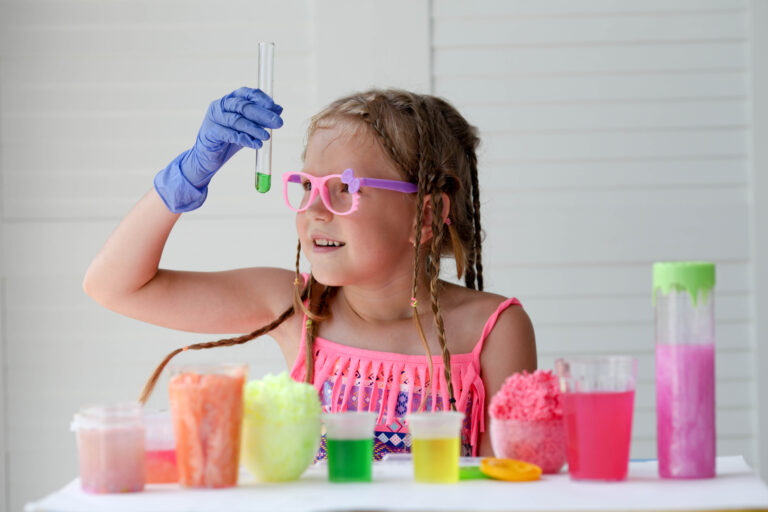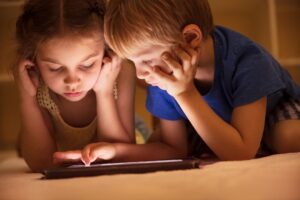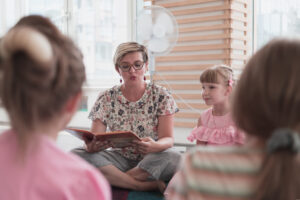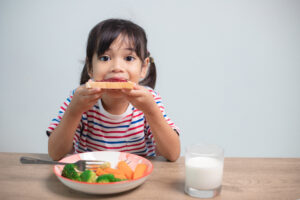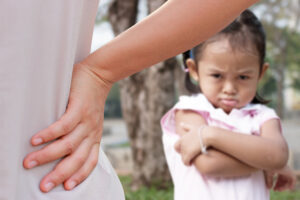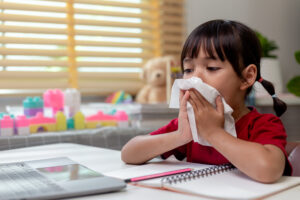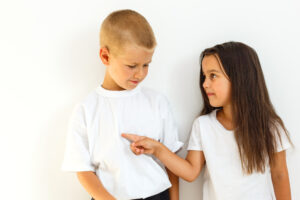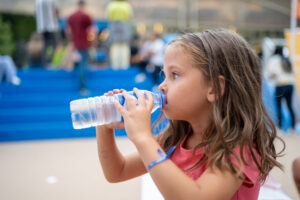As a childhood educator working with young children, my journey has been filled with discoveries, laughter, and endless moments of wonder.
One of the highlights of my work has been introducing young children to the marvels of science through simple, DIY experiments.
These activities are not just about fun; they’re powerful tools for sparking curiosity, encouraging observational skills, and laying the groundwork for a lifelong love of learning.
Let me share with you some of my favorite DIY science experiments that have been a hit with the little scientists in my classroom.
The Magic of Science in Early Education
In my years of working with children, I’ve found that science experiments are a fantastic way to engage young minds.
They’re my secret weapon for turning an ordinary day into an extraordinary adventure of exploration and discovery.
Why Science Matters for Young Learners
From what I’ve experienced, early exposure to science helps children develop critical thinking skills, encourages questions, and fosters an understanding of the world around them. It’s thrilling to see their eyes light up as they witness cause and effect firsthand.
Creating a Safe and Engaging Learning Environment
Safety is paramount in any experiment. I’ve personally tested each activity to ensure it’s safe for young children, using common household items. In my work, I’ve seen that creating a dedicated space for these experiments encourages participation and focuses attention.
9 Easy and Engaging Experiments
Through my adventures in early childhood education, I’ve gathered a collection of simple yet fascinating experiments that are perfect for young children. These activities require minimal setup and use materials you likely already have at home.
1. Exploring Colors and Chemistry
One of my favorite experiments involves mixing baking soda and vinegar with food coloring. It’s a visually striking reaction that introduces basic chemical concepts.
I’ve personally used this to discuss reactions and the concept of acids and bases in an age-appropriate way.
2. The Wonders of Water Science
Water experiments are always a hit. From floating and sinking tests to water absorption in different materials, these activities captivate curious minds.
I’ve tried using them to teach about density, buoyancy, and absorption, sparking many ‘why’ questions along the way.
3. Plant Science and Growth
Planting seeds and watching them grow is a classic science experiment. I’ve found it to be incredibly effective in teaching children about plant biology, patience, and responsibility.
It’s been my joy to watch their excitement as they check on their plant’s progress each day.
4. Kitchen Chemistry
Cooking and baking offer ample opportunities for science lessons. I’ve personally used the process of making bread to explain yeast and fermentation. It’s a delicious way to introduce complex concepts.
5. Outdoor Observations
Nature walks can transform into scientific expeditions with a little preparation. I’ve tried equipping children with magnifying glasses and notebooks, encouraging them to observe and record their surroundings.
It’s a wonderful method to teach them about ecosystems, weather patterns, and more.
6. Discovering Static Electricity
A simple experiment that I’ve used to introduce the concept of static electricity involves a balloon and some small pieces of paper or the hair on one’s head.
After blowing up a balloon, I rub it against a fabric surface or hair to create static. Then, I bring it close to the pieces of paper or move it towards the hair again and watch as they are attracted to the balloon.
This activity, which I’ve personally found to be a hit, is a fantastic way to discuss how different materials interact and introduce basic physics concepts in a tangible way.
7. The Power of Air Pressure
Another experiment I’ve personally tested and loved involves a balloon, a bottle, and hot water. By placing an uninflated balloon over the mouth of a bottle and then holding the bottle over hot water, the balloon begins to inflate.
This simple yet effective demonstration allows me to explain air pressure and temperature changes, sparking curiosity about the air around us and how it behaves under different conditions.
8. Dancing Raisins
The dancing raisins experiment is a delightful way to explore buoyancy and gas. I fill a clear glass with carbonated water and drop a few raisins into it.
The children are always fascinated to see the raisins sink and then float back up as bubbles of carbon dioxide gas attach to them.
This activity, which I’ve found to be an excellent conversation starter about gases and density, is both visually engaging and educational.
9. Magic Milk
Magic milk has been one of my go-to experiments for exploring chemical reactions and color mixing.
By adding drops of food coloring to a dish of milk and then touching the milk’s surface with a cotton swab dipped in dish soap, the colors rapidly spread out and create swirling patterns.
This experiment, which I’ve used to discuss the science of fats in milk and the effect of soap, not only introduces basic chemistry concepts but also captivates with its visual appeal.
Final Thoughts
In my journey in childcare, I’ve learned that curiosity is the heart of learning.
DIY science experiments provide a platform for young children to ask questions, explore, and make sense of the world around them.
In my years of working with these curious young minds, I’ve seen the profound impact that hands-on science activities can have on their understanding of scientific principles and their enthusiasm for learning.
These experiments are not just about the ‘wow’ moments; they’re about nurturing a deep-seated sense of wonder and inquiry that I hope will stay with the children for a lifetime.
Whether it’s a simple reaction between baking soda and vinegar or the slow process of a seed sprouting into a plant, each experiment is a step toward building a foundation of knowledge, curiosity, and love for science.

